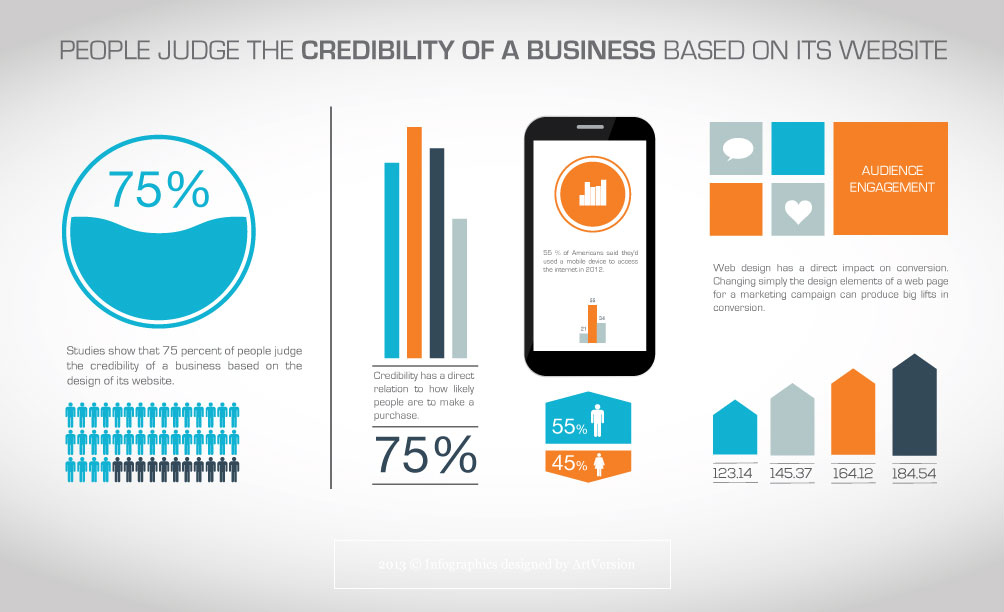Intrigued In Discovering How Site Layout Has Altered Throughout The Years? Check Out The Progression From Fundamental, Simple Designs To User-Centered Techniques That Focus On The Requirements And Choices Of On-Line Site Visitors
Intrigued In Discovering How Site Layout Has Altered Throughout The Years? Check Out The Progression From Fundamental, Simple Designs To User-Centered Techniques That Focus On The Requirements And Choices Of On-Line Site Visitors
Blog Article
Authored By-Dalrymple Wren
In the past, web sites were straightforward and focused on information. Navigation was straight, and design was for desktops. Currently, user experience is essential. Data guides layouts for simple navigation. Receptive formats suit different gadgets. Today, dark setting minimizes pressure, and minimalist menus improve navigating. wordpress hosting plans involve individuals, and strong visuals stand apart. AI integration increases engagement. See just how style has actually developed to improve your online trip.
Early Days of Web Design
In the very early days of website design, simplicity reigned supreme. Sites were standard, with limited colors, typefaces, and layouts. The focus was on offering info rather than showy visuals. Individuals accessed the internet via slow dial-up links, so rate and capability were crucial.
Navigating food selections were straightforward, usually situated on top or side of the page. Web sites were developed for home computer, as mobile surfing had not been yet prevalent. Material was king, and developers focused on simple readability over complex design elements.
seo agency packages was the main coding language made use of, and designers had to work within its constraints. https://rafaelphyqg.smblogsites.com/29869119/optimize-your-internet-site-s-possibility-with-on-page-seo-tricks-that-transform-your-online-presence-and-astound-target-markets and interactive functions were very little contrasted to today's criteria. Sites were static, with little dynamic web content or customized user experiences.
Rise of User-Focused Layout
With the evolution of website layout, a change towards user-focused design principles has become significantly prominent. Today, developing internet sites that focus on user experience is important for engaging visitors and accomplishing company objectives. User-focused style involves understanding the demands, preferences, and actions of your target audience to tailor the web site's layout, material, and features accordingly.
Designers now conduct extensive research, such as customer surveys and use screening, to gather insights and feedback straight from customers. This data-driven strategy aids in developing intuitive navigation, clear calls-to-action, and aesthetically appealing user interfaces that resonate with site visitors. By putting the individual at the facility of the design process, websites can provide a much more personalized and pleasurable experience.
Responsive layout has likewise become a vital aspect of user-focused style, making certain that internet sites are maximized for various tools and display sizes. This flexibility boosts ease of access and usability, accommodating the varied means individuals engage with websites today. Fundamentally, the rise of user-focused style represents a change in the direction of developing digital experiences that prioritize the demands and expectations of completion individual.
Modern Trends in Website Design
Discover the most recent fads forming website design today. One famous fad is dark setting style, providing a smooth and modern-day appearance while lowering eye stress in low-light environments. One more crucial pattern is minimal navigation, streamlining food selections and improving customer experience by focusing on essential elements. Incorporating micro-interactions, such as computer animated buttons or scrolling impacts, can develop a much more appealing and interactive web site. Receptive style continues to be critical, ensuring smooth customer experiences throughout various devices. Additionally, utilizing vibrant typography and unbalanced layouts can add aesthetic interest and accentuate certain material.
Incorporating AI technology, like chatbots for customer support or individualized suggestions, improves user involvement and enhances procedures. Ease of access has also become a significant pattern, with designers focusing on inclusive design techniques to satisfy diverse customer demands. Embracing sustainability by maximizing internet site efficiency for rate and efficiency is an additional arising fad in website design. Working together with customer feedback and data analytics to iterate and boost style continually is crucial for staying pertinent in the ever-evolving electronic landscape. By accepting these modern patterns, you can produce an aesthetically appealing, easy to use website that resonates with your audience.
Conclusion
As you review the advancement of web site design from the early days to currently, you can see just how user-focused layout has actually become the driving force behind modern-day patterns.
Embrace the trip of modification and adjustment in web design, always maintaining the individual experience at the leading edge.
Keep existing with the latest trends and innovations, and never quit evolving your approach to develop aesthetically magnificent and straightforward sites.
Develop, adapt, and create - the future of website design remains in your hands.
